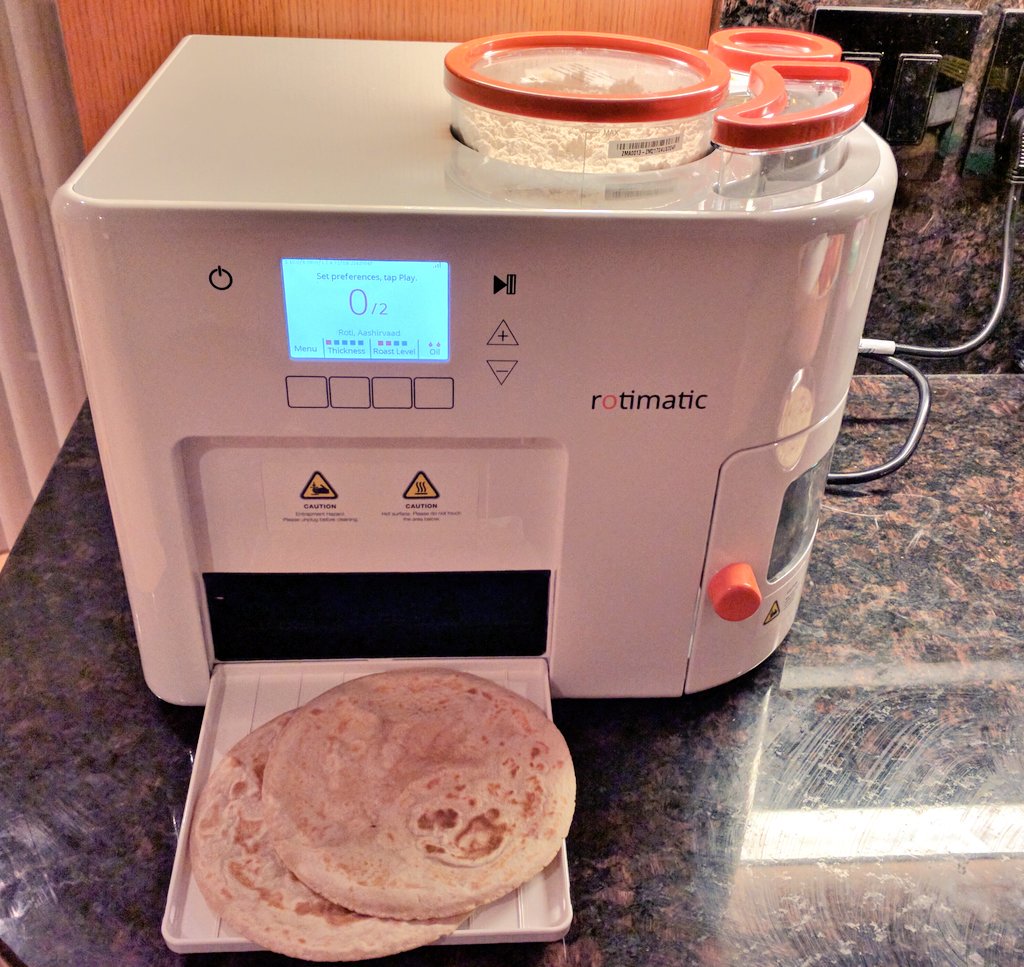Do you love woodworking? Orbital Sanders are important in woodworking, furniture restoration, furniture making and in preparing all kinds of materials for painting. Random orbital sanders are one of the inexpensive orbital sanders used widely by professionals and for DIY projects. The Orbital sanders needed additional hand sanding to remove the swirls and random orbital sander decreased the time of preparing the material by half. An Orbital sander is commonly used to sand wood, plastic, metal, paint, filler, stone, ceramics, varnish, glass, auto paint, etc.
Size
Size of the orbital sanders is determined by the size of the sanding plate. There are two sizes in orbital sanders. The 5 inches (120 mm) orbital sanders are used for all types of sanding and are essential for final finishing because bigger sanders cannot provide a needed smooth finish. The 6 inches (150 mm) orbital sanders are heavy duty tools used for rust and paint removal on big surfaces. The 5-inch orbital sander is the most preferred because they provide a much better finish and does not create bigger swirl than the 6-inch orbital sander.
Handle
There are three main types of handles, a pistol-grip handle, a palm-grip handle, and a jug-grip handle. The pistol-grip handle gives the best control and grip when working because this type of sander is used with both hands, one is used for direction and other for pressure. The palm-grip handle orbital sanders are the first choice of hobby woodworkers and they are the most popular in DIY restoration projects. The jug-grip handle is a strange mix of pistol-grip and palm-grip orbital sanders and it provides the best control if you are working underneath the surface.
Motor
The motor is the important power tool but it is the only thing that can’t be visually inspected when buying the tool. Manufacturers usually state only the input power of the motor to attract customers. The output power is the power that the tool passes to the sanding plate. The average power of orbital sanders is around 3 amps and check the output power before buying the sander.
Power Source
When it comes to the power source, there are 3 types of orbital sanders. They are the corded orbital sander, cordless orbital sander and air powered orbital sander. Air powered orbital sanders use air from an air compressor to run. They are used in workshops and factories where they have easy access to compressed air. Corded orbital sanders are common in the market where cordless sanders combine portability with almost the same capabilities as the corded model. They are expensive than the corded models.
Transmission and Speed Control
The transmission determines the speeds that the orbital sander is capable of operating at. These speeds range from 1600 OPM (oscillations per minute) and 26000 OPM. You cannot sand all the materials at the same speed. Finishing sanders have just one speed and their main purpose is to give a smooth finish before painting.
Sanding plate and Sanding Discs
Sanding plate is a rubber pad with six, eight or more holes and they are usually dust extraction points when sanding. Sanding discs are of two types, Hook-and-Loop sanding discs, and Adhesive sanding discs. The hook-and-loop sanding discs go only on orbital sanders and they wear over time but they can be bought separately and they are replaceable. Adhesive sanding discs can be used on every sander and the dust extraction system don’t work if there is no hole on the discs.





